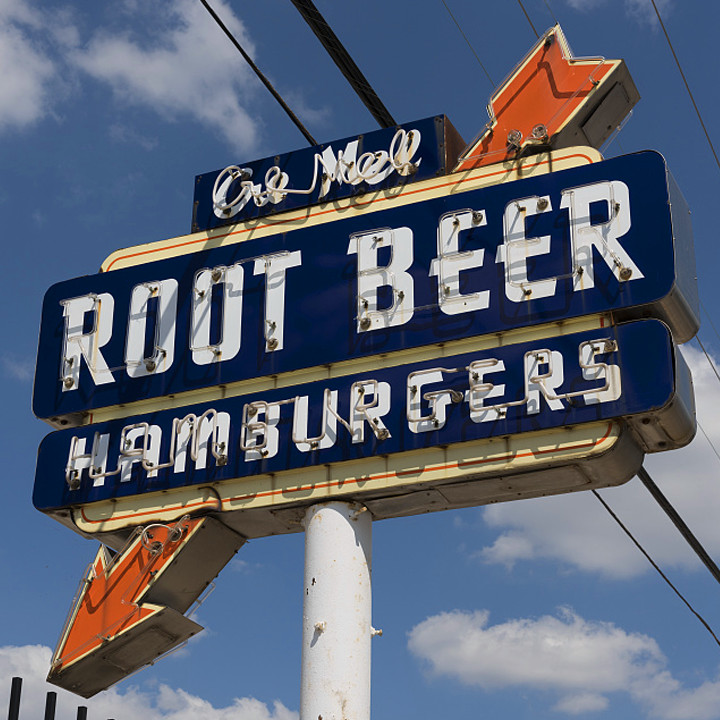As much as we have discussed copyright and the licensing of photography, there’s a continual steam of stories about those who don’t play by the rules. The latest chapter involves a one billion dollar lawsuit filed against Getty and Alamy by photographer Carol Highsmith.
Highsmith began donating her photography to the Library of Congress in 1992 which makes it available for, as I understand it, public domain access. Here’s where the plot thickens—evidently Getty sent her one of their famous cease and desist letters, accusing her of copyright infringement of her own photographs.
A few examples of Highsmith’s work:
From C-SPAN: Q&A with Carol Highsmith…
Update: My friend Wendy Kalman points us to the passage from the Carol M. Highsmith Wikipedia page that reads, in part: “In November 2016, after the judge hearing the case dismissed much of plaintiff Highsmith’s case on grounds that she had relinquished her claim of copyright when she donated much of her work to the Library of Congress (and thus to the public domain), the remainder of the lawsuit was settled by the parties out of court.”




In addition for graphic design, I also write feature stories for a local newspaper. I wrote a story on creativity and wanted a photo of an O’Keeffe painting. I found one on Almay and paid for extended usage only to discover, when I looked at the image in Photoshop, the image was a photo of a printed page. I contacted the entity that works with the Georgia O’Keeffe Museum. Almay has taken the image off their Web site. So be wary, even the “honest” clip photo sellers are not always honest or own rights to sell the work
Yes, good point Nona. You’ve really got to be diligent about what you use–I don’t know about this particular provider, but many license agreements are very complex. Complex enough, it seems, that you should have an attorney review them.
For example, tell me a layman can be certain of their liability under an agreement like this: http://www.gettyimages.com/eula